From Vienna to Venice via Gwangju and Bregenz – that will be 2024
Sabine B. Vogel takes a look at the New Year for us - these are some of the highlights of the art year that you shouldn't miss.
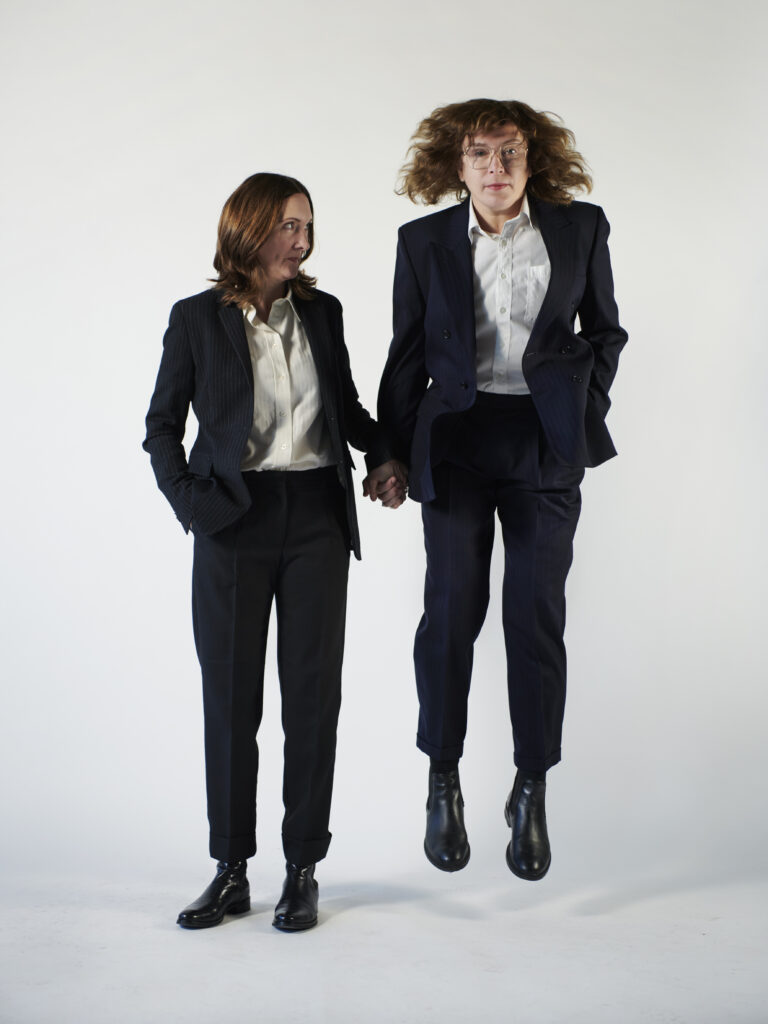
Gabriele Spindler and Anna Jermolaewa Foto: Maria Ziegelböck
The Wien Museum has finally reopened in time for the end of 2023. Three years of construction and a 108 million construction budget later, we can experience the 5,000-year history of the city of Vienna on three floors with 3,300 square meters in the permanent exhibition with 1,700 objects – and look forward to a special highlight from 1 February 2024: under the title “Design of a historical architecture”, the first special exhibition is all about Fischer von Erlach. His buildings include garden and city palaces, as well as the Karlskirche church and the Museumsquartier. Designed by the Viennese sculptor Werner Feiersinger, the baroque architecture is viewed anew from today’s perspective – we are excited!

Werner Feiersinger, Karlskirche © Werner Feiersinger
In general, 2024 will be rich in highlights. Internationally, the Venice Biennale is once again on the agenda. Curator Adriano Pedrosa explains his general theme “Foreigners Everywhere”: the Biennale focuses on artists “who are themselves foreigners, immigrants, expatriates, diasporic, émigrés, exiled, and refugees-especially those who have moved between the Global South and the Global North”. From Pedrosa’s previous practice, it can be expected that he will focus on high artistic quality combined with hip discourses for his central exhibitions. The first public day is April 20, and in the days leading up to the opening, we can explore 30 collateral events in the city and over 80 country pavilions in balmy spring temperatures. For the Austrian contribution, Anna Jermolaewa (curator Gabriele Spindler) will address “her experiences of migration through to forms of non-violent resistance against authoritarian regimes”.
For the first time, Austria will be taking part in the Gwangju Biennale in South Korea with its own national pavilion: Liesl Raff (curator Fiona Liewehr) will continue her “Club Liaison” in the rooms of the Leekangha Art Museum – a perfect reason to fly to Seoul on September 7, 2024 and travel from there by train to Gwangju in the south. The Gwangju Biennale is considered the most important major event in Southeast Asia, and curator Nicolas Bourriaud has given the upcoming 15th edition the title “Pansori – a soundscape of the 21st century” – it is set to be a “visual symphony”.
The exchange between Vienna and South Korea will also work in reverse in 2024: Sunjung Kim is curating a large group exhibition for the Vienna Secession from September. She was part of the curatorial team of the 12th Gwangju Biennale in 2018 and has been director of the Art Sonje Center in Seoul since 2022. She will occupy all rooms at the Secession.
Female artists will dominate the 2024 program at the Belvedere, with a highlight being the major solo exhibition by Hannah Höch. She is considered one of the most important Dadaists and was also a painter. From June, the Belvedere will focus on her collages and photomontages, presented in dialog with films by her contemporaries – because she saw her collages as “static films” on paper.
A major solo exhibition by German performance artist Anne Imhof, who was awarded the Golden Lion for her 2017 country pavilion, will begin at Kunsthaus Bregenz at the start of June. According to the announcement text, we can look forward to paintings and sculptures for the striking architecture of the Kunsthaus, “the human figure gains an allegorical presence”.
We can look forward to great paintings at the KHM when the interplay between Rembrandt and his important pupil Samuel van Hoogstraten opens in October under the title “Color and Illusion”. From February, the Albertina Modern on Karlsplatz spans a wide arc from Rembrandt to his contemporaries: “The Beauty of Diversity” shows “the variety of identities and art forms, of materials and genders”, “the richness of a collection that unfolds against the contrasting backdrop of the Old Masters from the Albertina, from Dürer to Rembrandt and Rubens to Picasso and Monet, who are presented at the beginning as graphic icons.”
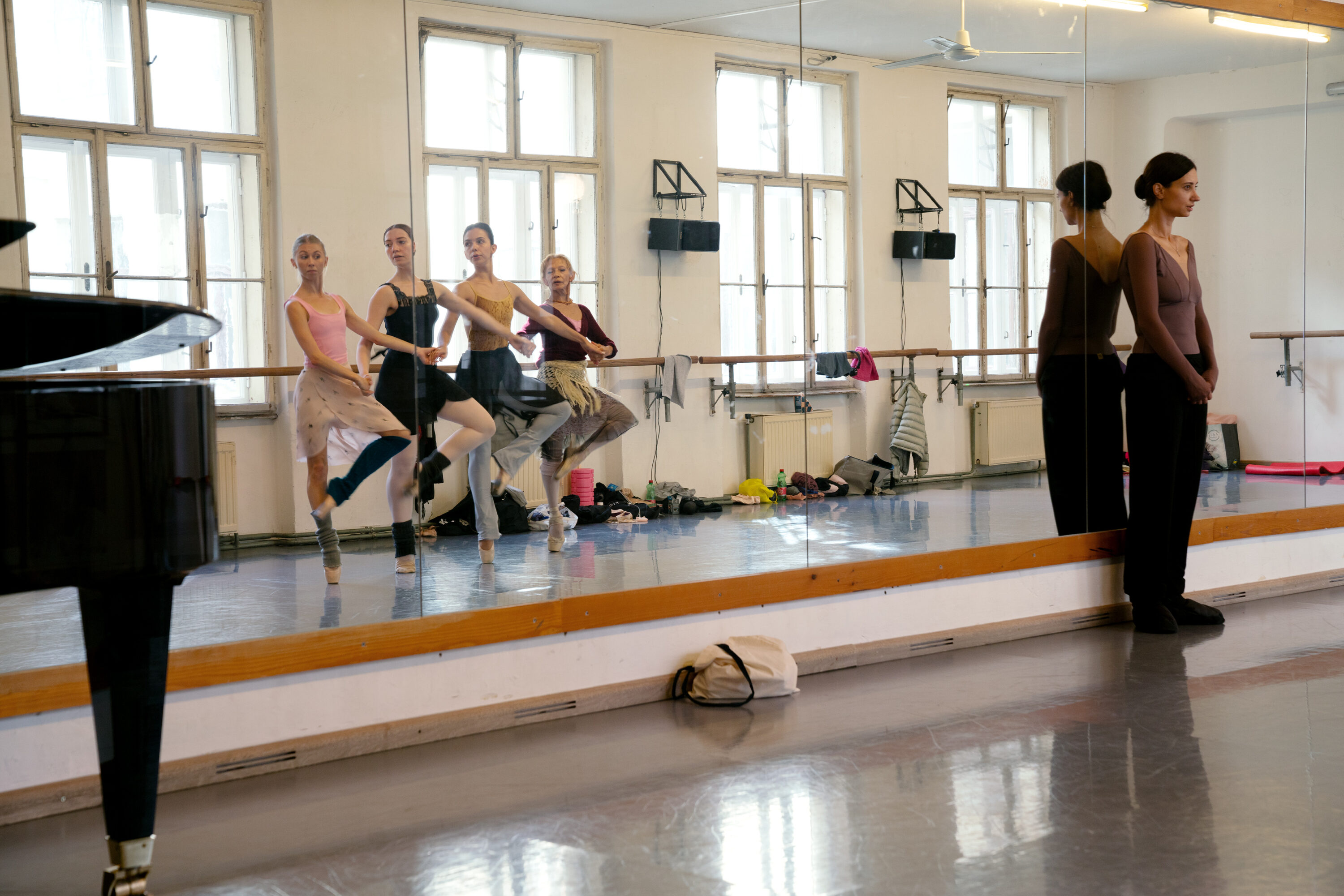
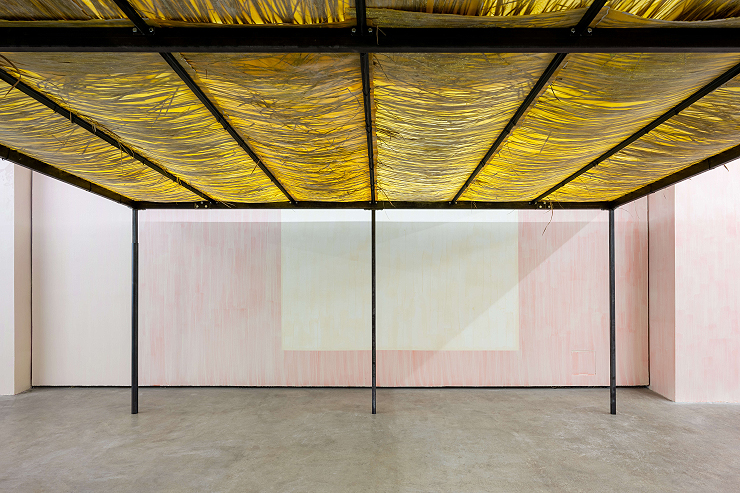
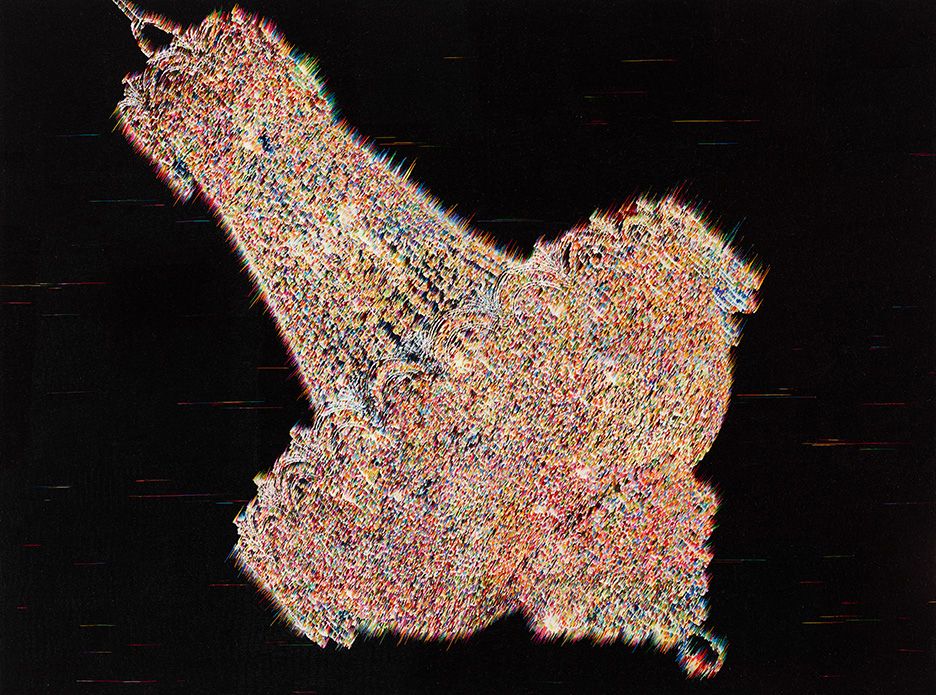
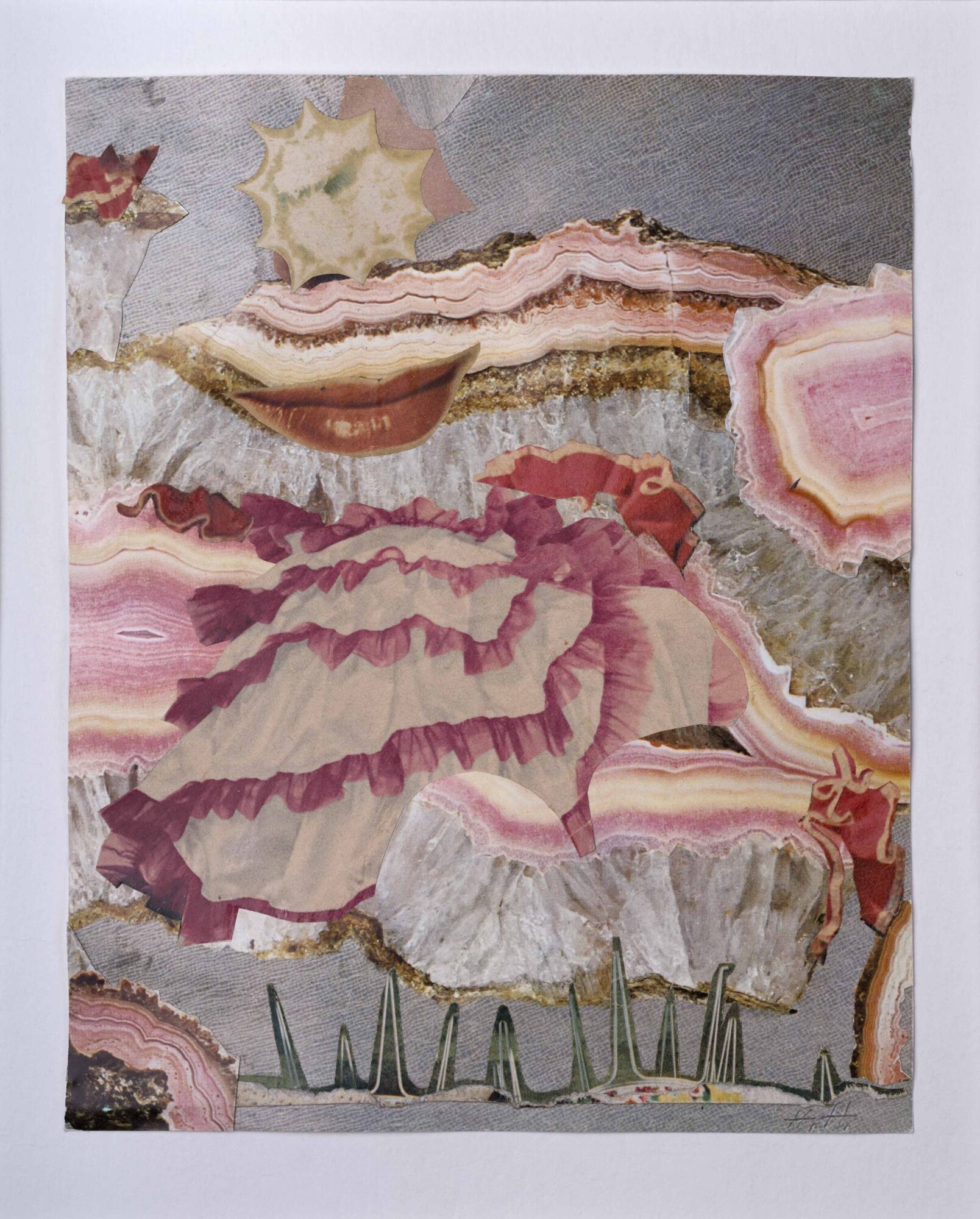
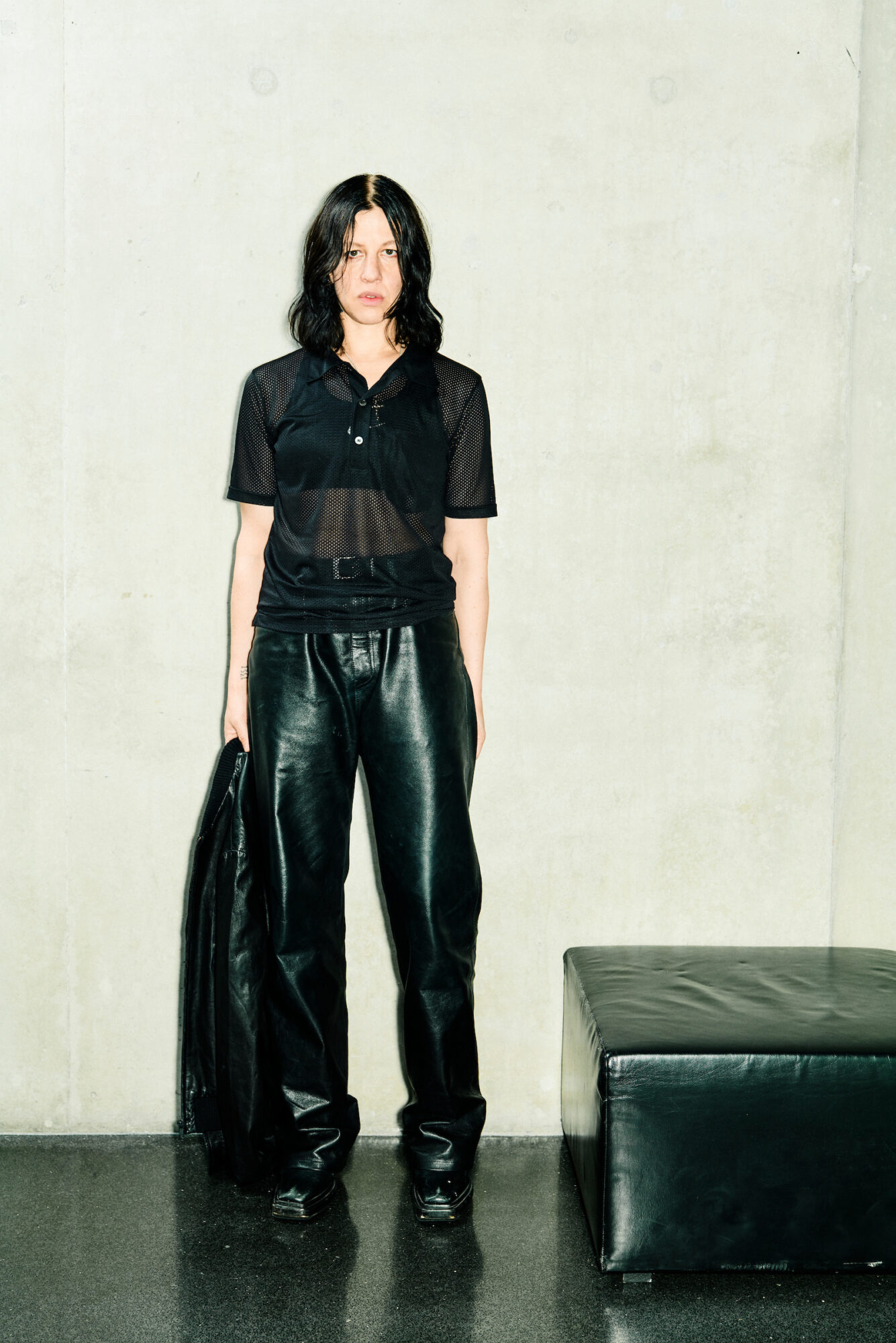
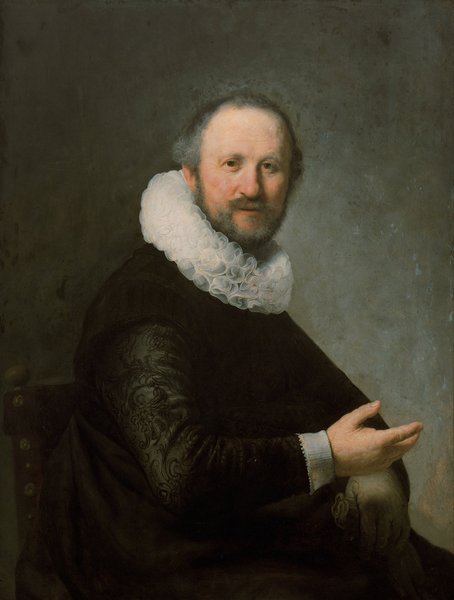
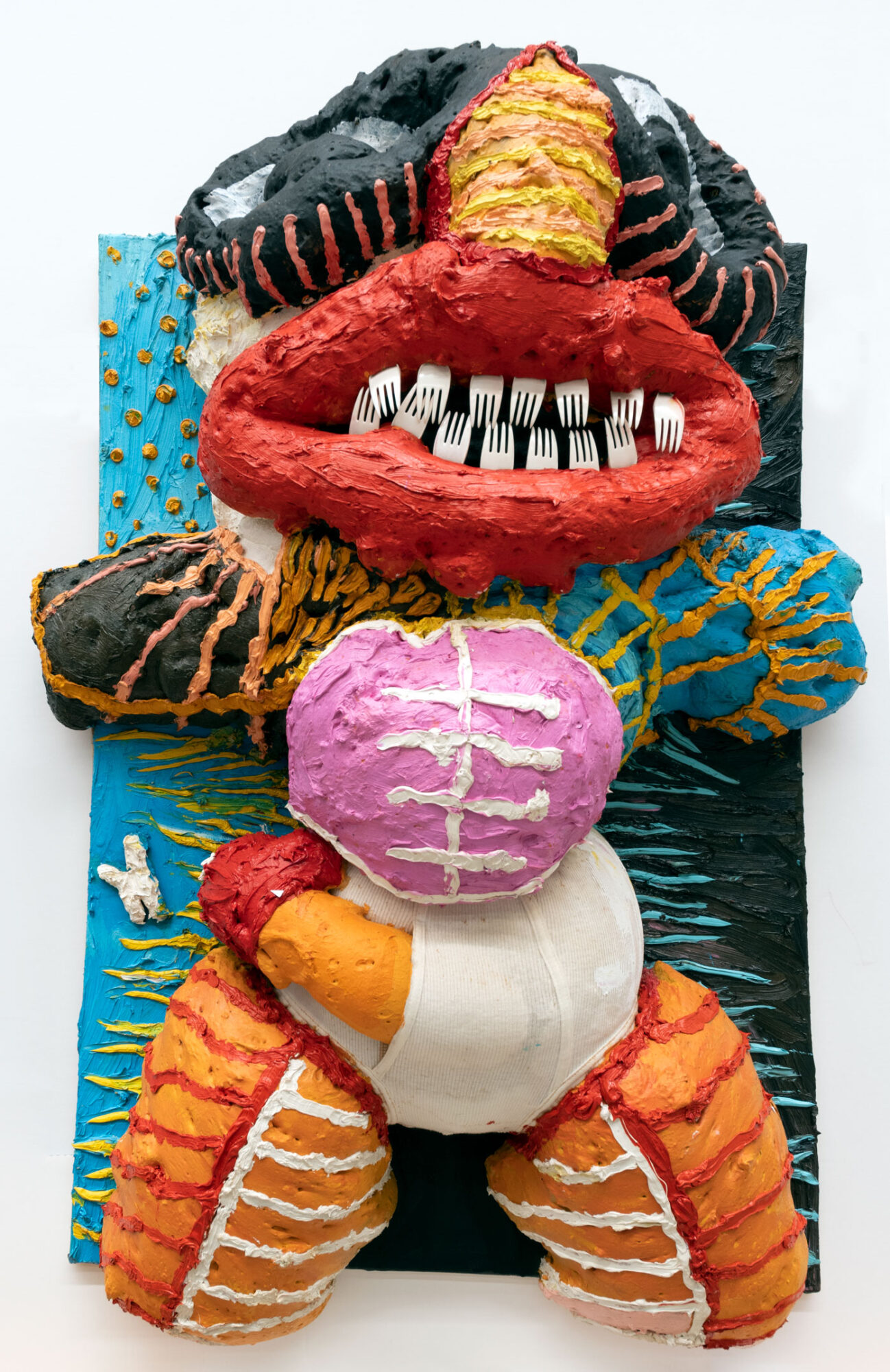
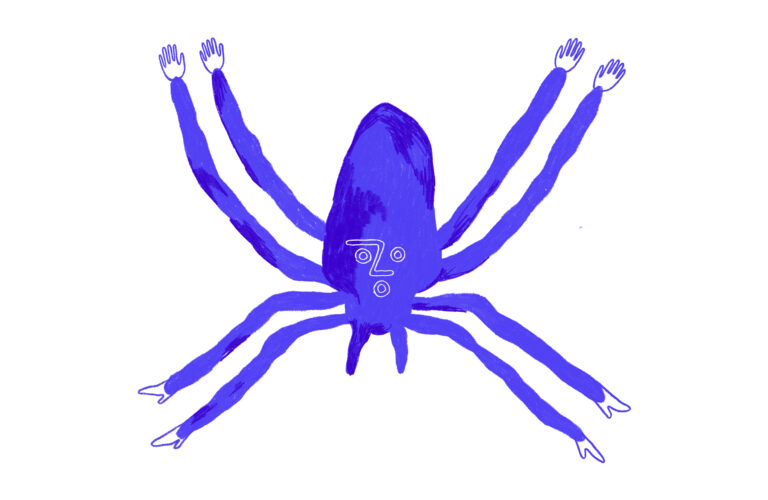
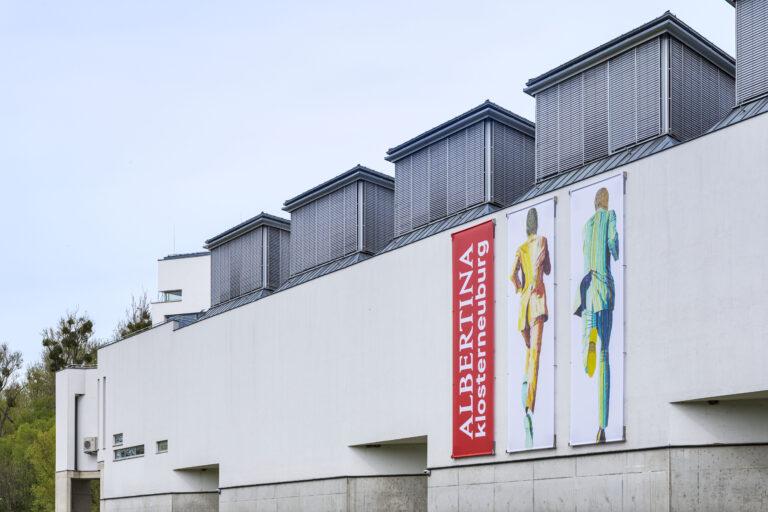
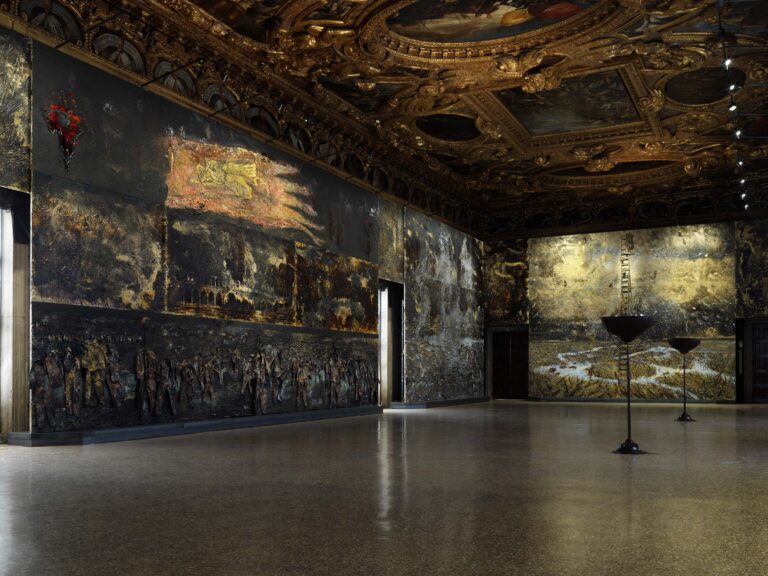
 and then
and then